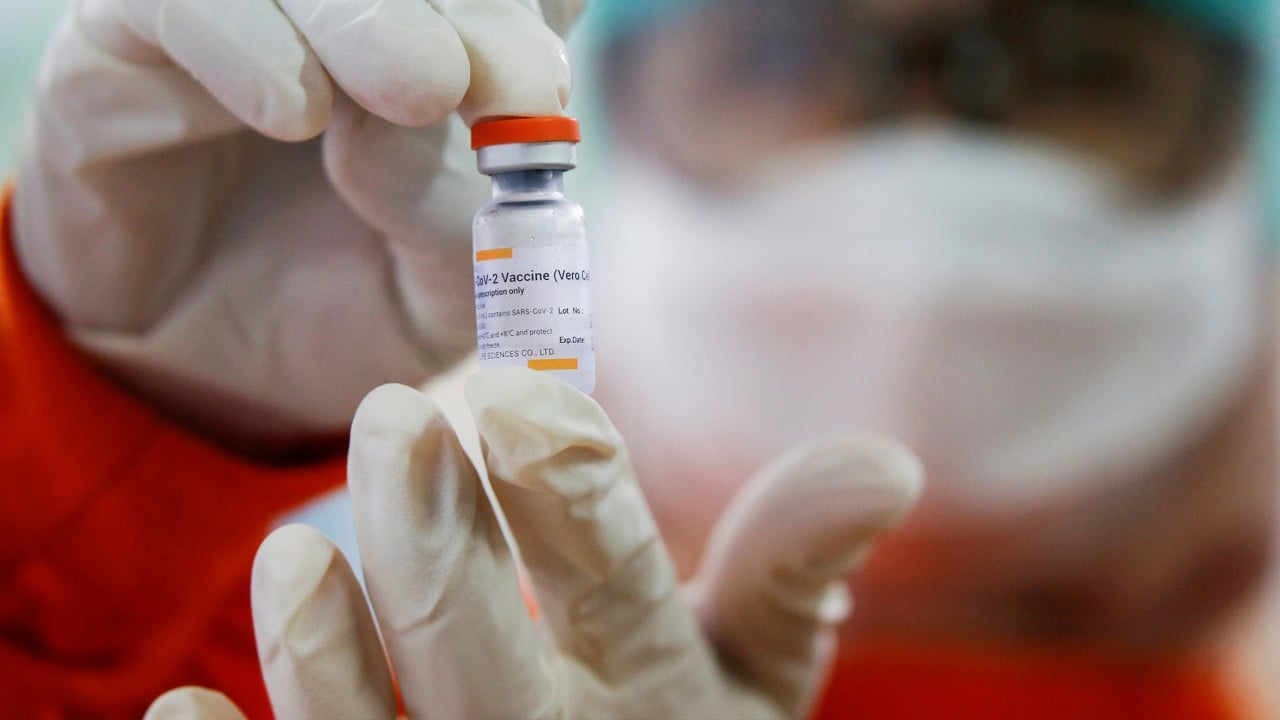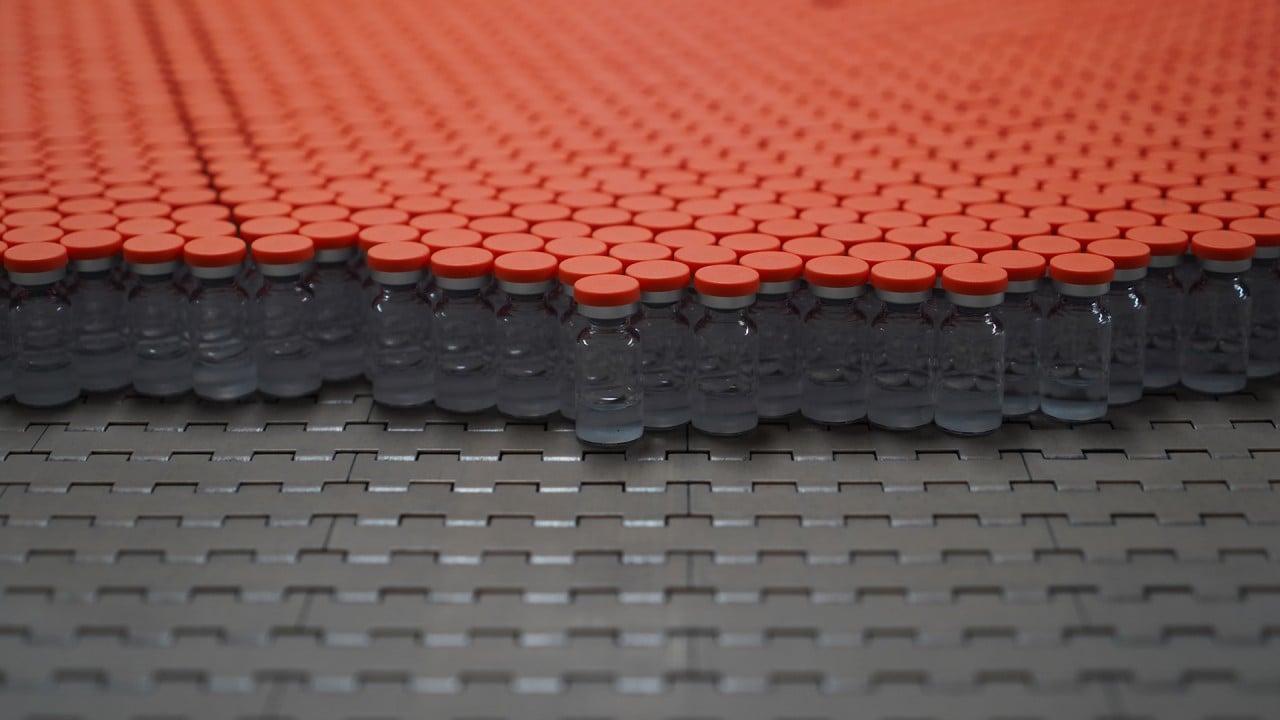
What next for Chinese coronavirus vaccines after WHO approves first two products?
- The global health body has approved the emergency use of products made by Sinovac and Sinopharm, and three more have formally registered their interest
- Drugs given the green light can also be used by the Covax Facility, which is designed to ensure equal access to vaccines
Three pharmaceutical firms have formally registered their interest with the WHO, while two others are in preliminary discussions.
One of the three firms, CanSino, started submitting rolling data about its one-shot vaccine to the global health body this month, according to the WHO. Its vaccine has already been approved for use in mainland China after interim results showed it was 65.7 per cent effective.

01:30
WHO approves Sinovac Biotech’s coronavirus vaccine for emergency use
Another product developed by Sinopharm and its affiliated institute in Wuhan has had an application registered for an emergency use listing.
The vaccine has been tested in a bundled trial with another Sinopharm vaccine that has already been given the green light by the WHO, and the state-owned company published the result of the trials of the two vaccines in an international journal last week.
On Monday, the Wuhan Institute of Biological Products said it had started work on a new factory that would increase its production capacity of Covid-19 vaccines to at least one billion doses, an important step toward hitting Sinopharm’s target of producing three billion doses of both vaccines this year.
China hits out at vaccine ‘hoarding’ nations during BRICS talks
The third Chinese company, a subsidiary of Chongqing Zhifei Biological Products, has also formally registered its interest, but has been asked to supply further information.
All three may face a lengthy process before the WHO decides on their use.
The WHO is also in discussions with Clover Biopharmaceuticals about how it can apply, while a candidate vaccine by the Chinese Academy of Medical Sciences is still at the early stages of trials and must wait to enter the formal process.
The emergency use approval of two Chinese vaccines – made by Sinopharm and Sinovac – has been hailed by the state news agency Xinhua as giving China a platform to help the global fight against Covid-19 and to narrow the gap in the unequal distribution of vaccines.
The article also noted that, unlike some other approved vaccines, the Chinese products do not need to be stored at ultra-low temperatures, which would improve access, and said the approvals would “boost the confidence of developing countries to strengthen their innovative capability”.
China’s first Covax vaccines roll off Sinopharm factory lines
China – which has already been selling vaccines to developing countries, especially in Latin America – has also become increasingly vocal about the need to distribute vaccines through the WHO’s Covax Facility, which is intended to ensure equal access to vaccines internationally.
“We urge manufacturers to participate in the Covax Facility, share their know-how and data and contribute to bringing the pandemic under control.”
Covax will only use vaccines that have been approved for emergency use, and experts said that the WHO was keen to add Chinese vaccines to the list in the wake of the recent pandemic crisis in India.
Anthony Zwi, professor of global health and development at the University of New South Wales in Australia, said that Chinese vaccines approved for emergency use could help ease the shortages Covax faces because of the Indian outbreak and vaccine inequity.
“A wider range of vaccines, if proven to be effective and safe, from a wider range of manufacturing countries, distributed through Covax, could also play an important part in reducing vaccine nationalism and the negative effects of vaccine diplomacy,” he said.
Nicholas Thomas, an associate professor at City University of Hong Kong specialising in health security, said. he thought that “the argument around Sinovac is essentially the same as Sinopharm – namely that the WHO is getting concerned about the Indian outbreak but also about the possibility of variants emerging.
“That said, the fact that Sinovac does prevent serious complications, reduced hospitalisations, and prevents deaths, will be a boost for Covax.”

02:35
Inside a plant in China producing the WHO-approved Sinovac Covid-19 vaccine
China is also racing to meet domestic demand for vaccines and has approved four vaccines for general use, including those by Sinopharm, Sinovac and CanSino. Three vaccines — made by Zhifei, the Institute of Medical Biology of the Chinese Academy of Medical Science and Kangtai Biologicals — have also been given emergency use authorisation
However, all the products in question have been developed in China and the authorities have yet to say when they will start the authorisation process for the vaccine developed by BioTech, even though it has an agreement with Fosun Biologicals to sell and manufacture the product in China.
Kangtai said in February that it had completed a facility with a capacity to produce 400 million doses of AstraZeneca vaccines for China, but there has been no word on whether the authorities will consider their authorisation.
Additional reporting by Simone McCarthy

